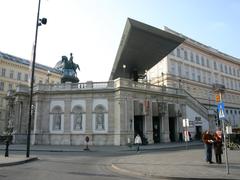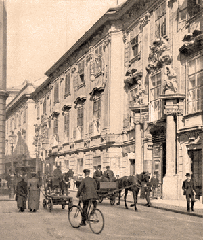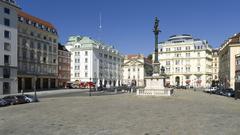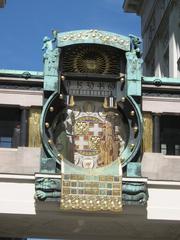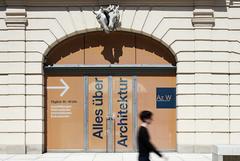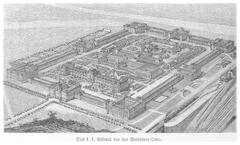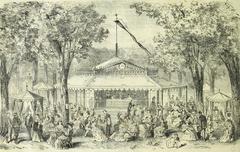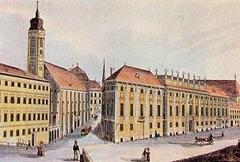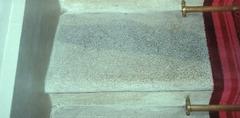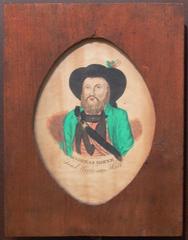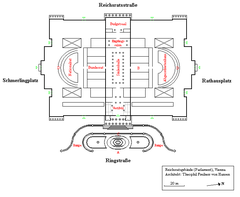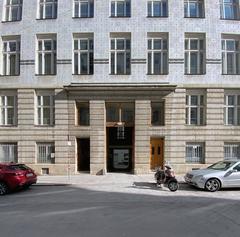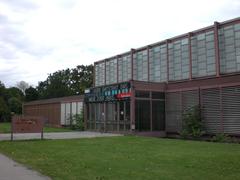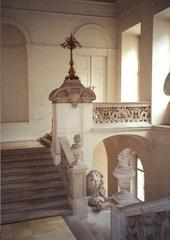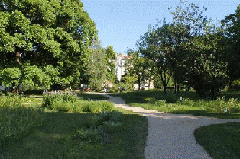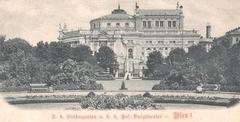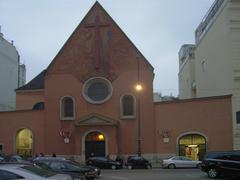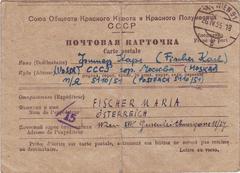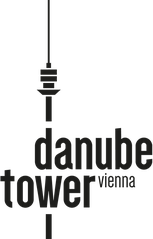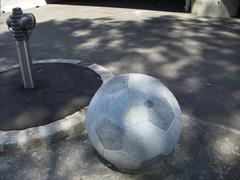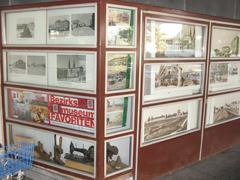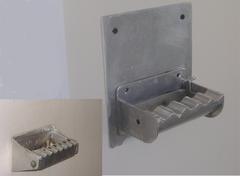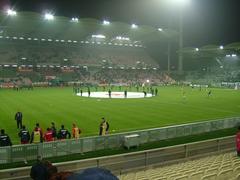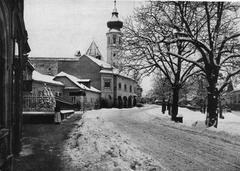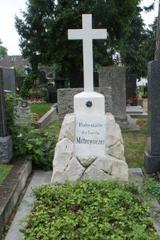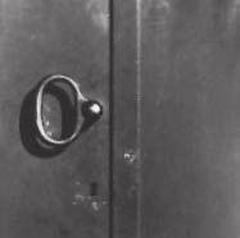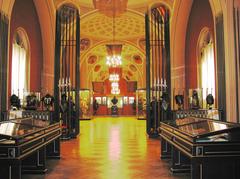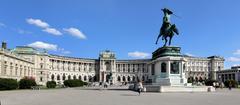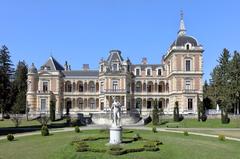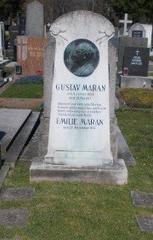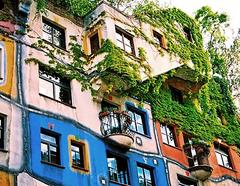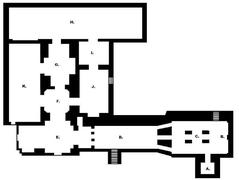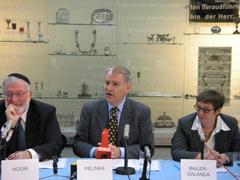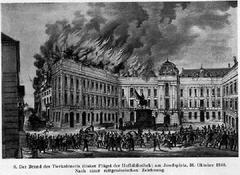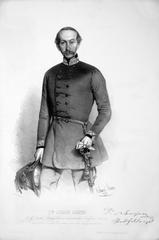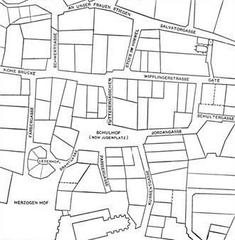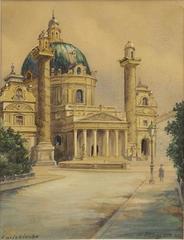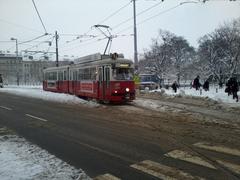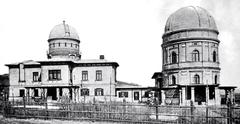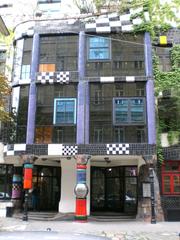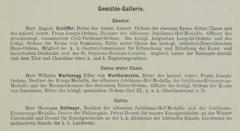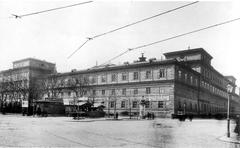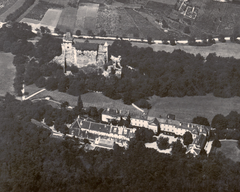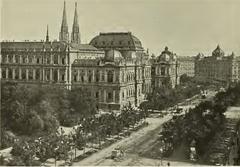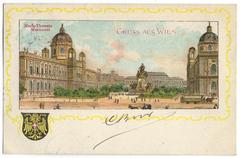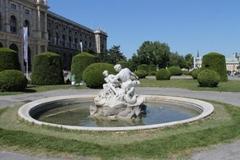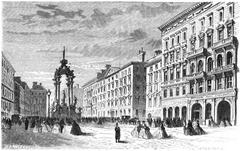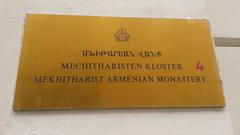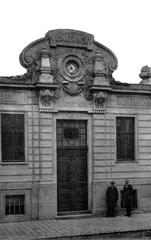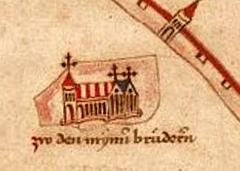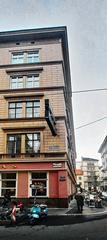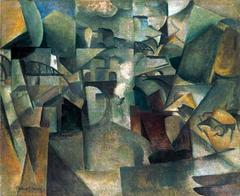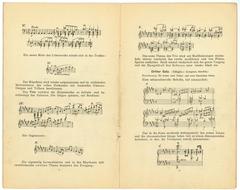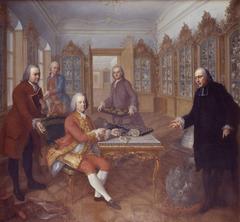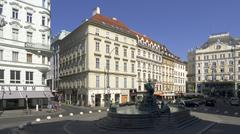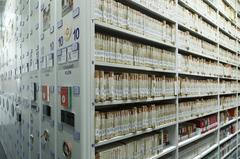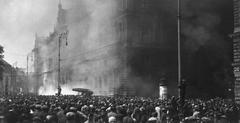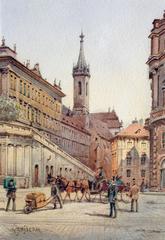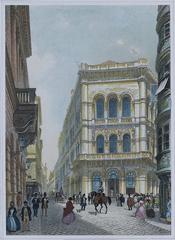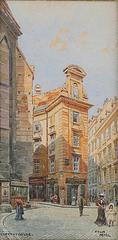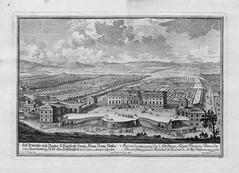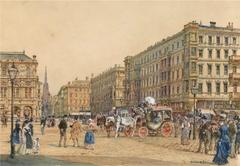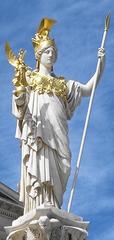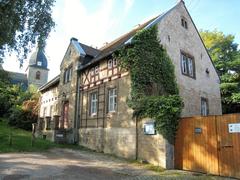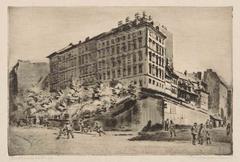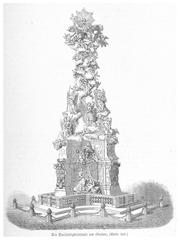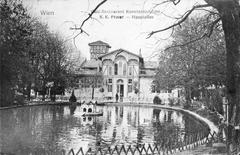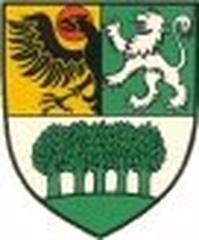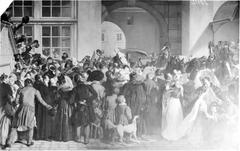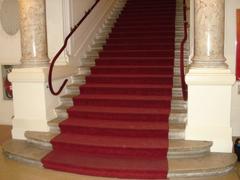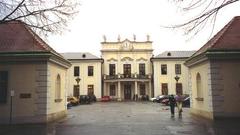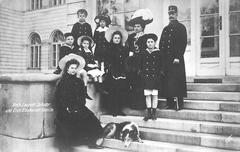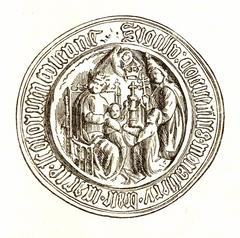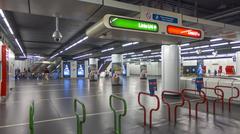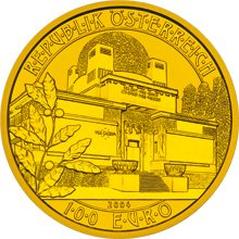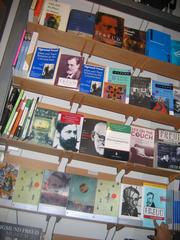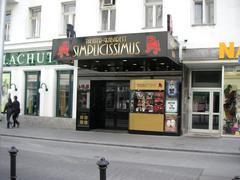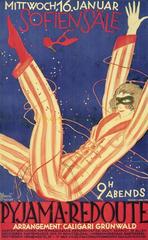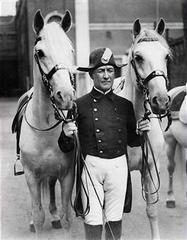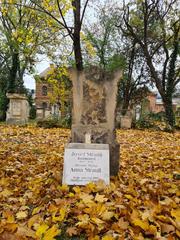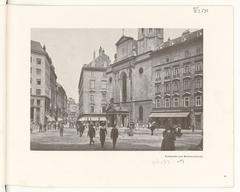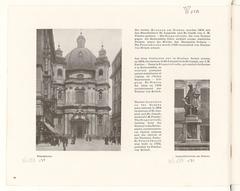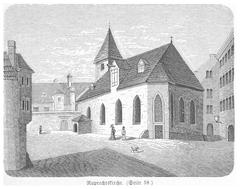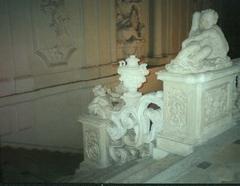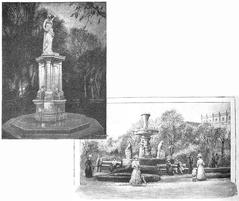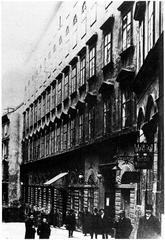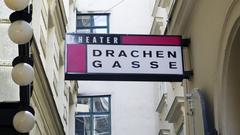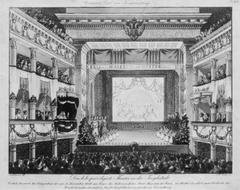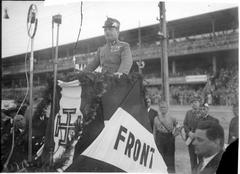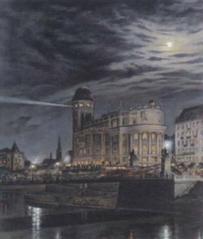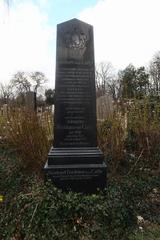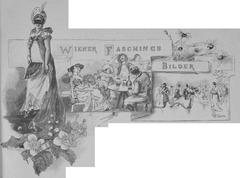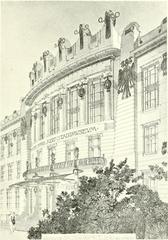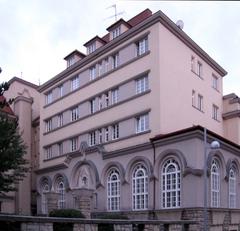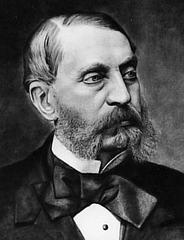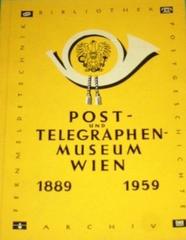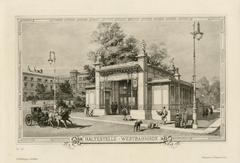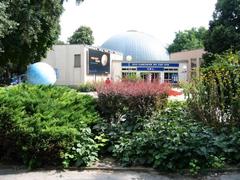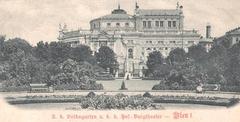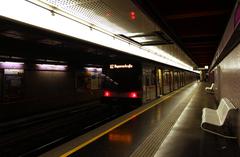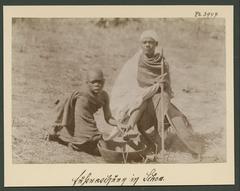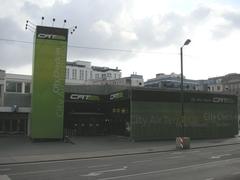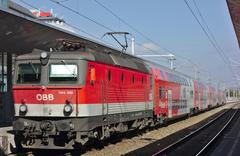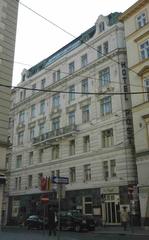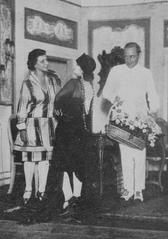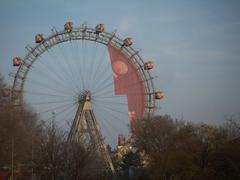Comprehensive Guide to Visiting Holocaust-Mahnmal, Vienna, Austria
Publication Date: 19/07/2024
Introduction
The Holocaust-Mahnmal, also known as the Judenplatz Holocaust Memorial, is a deeply significant historical site located in Vienna, Austria. Unveiled on October 25, 2000, the memorial is a poignant tribute to the 65,000 Austrian Jews who perished during the Holocaust. Designed by British artist Rachel Whiteread, the memorial takes the form of a concrete cube resembling a library turned inside out, symbolizing the untold stories and cultural loss suffered during this dark period (Judenplatz Holocaust Memorial). Situated in Judenplatz, a historic square that has been a significant site for Vienna’s Jewish community since the Middle Ages, the memorial serves as a powerful reminder of the atrocities committed during World War II and the importance of remembrance and education. This guide provides comprehensive information on the Holocaust-Mahnmal, including its history, design, cultural significance, visitor information, and nearby attractions.
Table of Contents
- [Introduction](#introductionintroduction)
- [Origins and Conception](#origins-and-conceptionorigins-and-conception)
- [Design and Construction](#design-and-constructiondesign-and-construction)
- [Historical Context](#historical-contexthistorical-context)
- [Significance of the Location](#significance-of-the-locationsignificance-of-the-location)
- [Visitor Information](#visitor-informationvisitor-information)
- [Planning Your Visit](#planning-your-visitplanning-your-visit)
- [Tickets and Opening Hours](#tickets-and-opening-hourstickets-and-opening-hours)
- [Accessibility](#accessibilityaccessibility)
- [Nearby Attractions](#nearby-attractionsnearby-attractions)
- [Inscriptions and Symbolism](#inscriptions-and-symbolisminscriptions-and-symbolism)
- [FAQ](#faqfaq)
- [Conclusion](#conclusionconclusion)
Origins and Conception
The idea for the Holocaust-Mahnmal was conceived in the early 1990s as part of a broader effort to acknowledge and commemorate the atrocities committed against Jews during World War II. The memorial is situated in Judenplatz, a historic square in Vienna’s first district, which has been a significant site for the Jewish community since the Middle Ages.
Design and Construction
The memorial was designed by British artist Rachel Whiteread, renowned for her minimalist and evocative sculptures. Whiteread’s design was selected through an international competition held in 1995. Her proposal, titled “Nameless Library,” features a concrete cube with the external walls resembling library shelves turned inside out, symbolizing the untold stories and cultural loss suffered during the Holocaust. The construction of the memorial began in 1996 and was completed in 2000. The unveiling ceremony took place on October 25, 2000, with numerous dignitaries and Holocaust survivors in attendance (Judenplatz Holocaust Memorial).
Historical Context
Vienna’s Jewish community has a long and tumultuous history. Jews first settled in Vienna in the 12th century, and by the 13th century, the community had established itself in the area now known as Judenplatz. However, the community faced numerous persecutions over the centuries, including expulsions and pogroms. The most devastating period came during the Nazi regime when Austria was annexed by Nazi Germany in 1938. The Anschluss marked the beginning of systematic persecution, deportation, and extermination of Austrian Jews. By the end of World War II, approximately 65,000 Austrian Jews had been murdered in the Holocaust (USHMM).
Significance of the Location
Judenplatz is not only the site of the Holocaust-Mahnmal but also home to the remains of a medieval synagogue, which was destroyed during the Vienna Gesera pogrom in 1421. The square serves as a historical and cultural focal point, linking the medieval Jewish community with the tragic events of the 20th century. Beneath the square lies the Judenplatz Museum, which houses the archaeological remains of the synagogue and provides a comprehensive history of Jewish life in Vienna (Judenplatz Museum).
Visitor Information
Planning Your Visit
The Holocaust-Mahnmal is accessible year-round and does not require an entrance fee. However, it is advisable to check for any scheduled events or maintenance work that might affect your visit.
Tickets and Opening Hours
The memorial itself does not require tickets, but if you plan to visit the Judenplatz Museum, it is recommended to purchase tickets in advance. The museum is open from 10 AM to 6 PM daily, except for Jewish holidays.
Accessibility
The site is wheelchair accessible, and there are information plaques available in multiple languages for visitors’ convenience.
Nearby Attractions
While visiting the Holocaust-Mahnmal, take the time to explore other nearby historical attractions such as St. Stephen’s Cathedral, the Hofburg Palace, and the Jewish Museum Vienna. Each site offers a unique glimpse into Vienna’s rich history and cultural heritage.
Inscriptions and Symbolism
The Holocaust-Mahnmal is inscribed with the names of all 65,000 Austrian Jews who perished during the Holocaust, serving as a powerful reminder of the individuals and families who were lost.
FAQ
- What are the visiting hours? The memorial is accessible 24/7, but the Judenplatz Museum is open from 10 AM to 6 PM daily, except for Jewish holidays.
- Is there an entrance fee? There is no entrance fee for the memorial itself, but the Judenplatz Museum requires a ticket.
- Are guided tours available? Yes, guided tours can be arranged through the Judenplatz Museum.
- How do I get there? The memorial is located in Judenplatz, easily accessible by public transportation, including the U1 and U3 subway lines.
Conclusion
Visiting the Holocaust-Mahnmal in Vienna is a deeply moving and educational experience. This memorial not only honors the memory of the 65,000 Austrian Jews who perished during the Holocaust but also serves as a poignant reminder of the atrocities committed during World War II. By exploring the memorial’s history, design, and cultural significance, visitors gain a profound understanding of the impact of the Holocaust on Vienna’s Jewish community. The Judenplatz location, with its historic significance and proximity to other important sites such as the Jewish Museum Vienna, further enriches the visitor experience (Jewish Museum Vienna). Whether you are planning your visit, seeking travel tips, or interested in guided tours, this guide ensures you have all the necessary information to make your visit to the Holocaust-Mahnmal both meaningful and respectful. By remembering the past, we honor the victims and commit to a future free from hatred and intolerance.
References
- Visiting the Holocaust-Mahnmal - History, Tickets, and Tips for Your Vienna Visit (Judenplatz Holocaust Memorial)
- Visiting the Holocaust-Mahnmal in Vienna - History, Significance, and Visitor Tips (Judenplatz Museum)
- Visitor Tips for Holocaust-Mahnmal, Vienna - Hours, Tickets, and Nearby Attractions (Jewish Museum Vienna)

